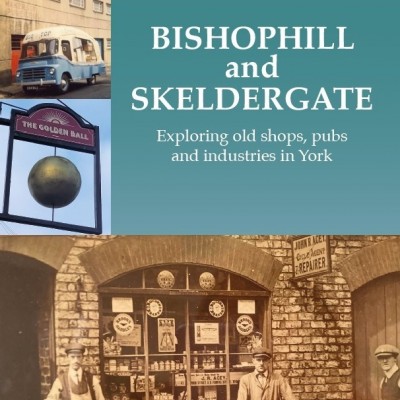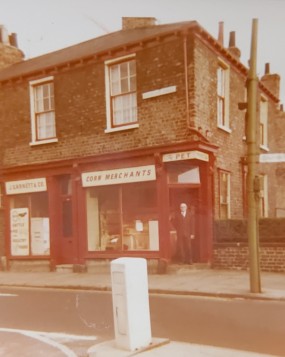07th February 2022




View navigation
07th February 2022
 I grew up in the house at 2 Darnborough St with my parents Arthur and Amy Garnett, until our growing family, we were six children in all, entailed a move to a bigger house further up Bishopthorpe Rd. Our shop on the corner of Bishopgate St, J. Garnett and Co., where Dad sold animal, bird, and pet food, adjoined the house at 2 Darnborough St.
I grew up in the house at 2 Darnborough St with my parents Arthur and Amy Garnett, until our growing family, we were six children in all, entailed a move to a bigger house further up Bishopthorpe Rd. Our shop on the corner of Bishopgate St, J. Garnett and Co., where Dad sold animal, bird, and pet food, adjoined the house at 2 Darnborough St. 